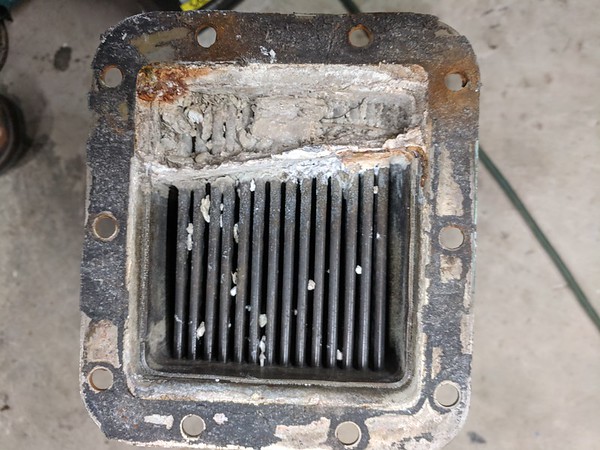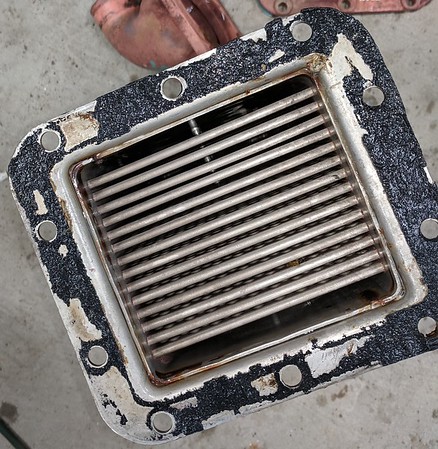Maravilla
Member
- Joined
- Jan 2, 2021
- Messages
- 7
- Vessel Name
- Maravilla
- Vessel Make
- C & L 37
Lehman 120. Cleaned and flushed heat exchangers a month ago. New gaskets and zincs.
Ran about 3 hours and checked after sitting 6 weeks and all salted up again. Did I not tighten properly? Previous owner used gaskets and sealer which I cleaned off.
Are there o rings I’m missing for the nuts ? Leaking is mostly from zincs. I was afraid to crank down too tight or use sealant.
Please let me know what I failed to do correctly.
Ran about 3 hours and checked after sitting 6 weeks and all salted up again. Did I not tighten properly? Previous owner used gaskets and sealer which I cleaned off.
Are there o rings I’m missing for the nuts ? Leaking is mostly from zincs. I was afraid to crank down too tight or use sealant.
Please let me know what I failed to do correctly.


